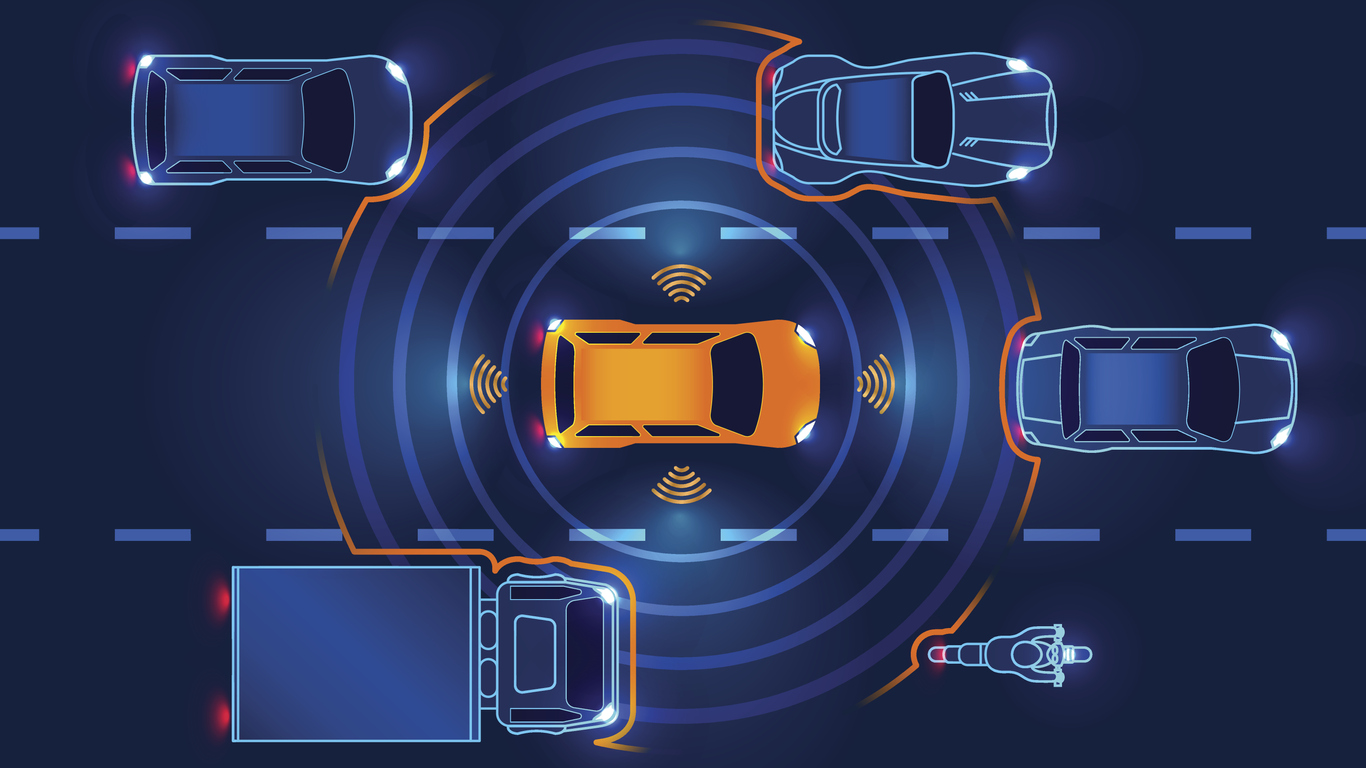Regulators in California have recently approved the 24/7 operation of driverless taxis on San Francisco roads.
In a 3-1 vote, the California Public Utilities Commission (CPUC) allowed robotaxi companies Cruise and Waymo to offer their services at all hours and charge fares. This decision came after a lengthy hearing lasting six and a half hours.
Currently, Cruise it deploys about 300 vehicles at night and 100 during the day. Meanwhile Waymo operates around 100 of its 250 vehicles are on the road at any given time.
“Today is the first of many steps in bringing AV (autonomous vehicle) transportation services to Californians and setting a successful and transparent model for other states to follow,” said CPUC commissioner John Reynolds, who voted in favor of approval.
Those in favour emphasized safety, dependability, and accessibility whereas those against the decision, including transit and fire officials, contended that these autonomous vehicles have caused disturbances and recurrently obstructed emergency services.
The extended operating hours of autonomous taxi services are projected to alleviate traffic congestion in the city especially during peak hours. However, critics are highlighting potential disruptions and safety implications.
According to the San Francisco Fire Department, there had been instances of driverless taxis impeding emergency services have raised questions about the compatibility of autonomous vehicles with emergency response protocols.
The Road Ahead for Australia
Driverless vehicles are yet to be seen on Australian roads. While trucks, cars, buses, motorcycles, and shuttles have been tested on public roads since 2012, it’s still a long way ahead until fully autonomous vehicles are the norm.
New legislation needs to be put in place for self-driving cars to operate legally in Australia. In 2022, the National Transport Commission released a policy paper called The Regulatory Framework for Automated Vehicles in Australia.
AfMA Executive Director Mace Hartley says it’s clear that driverless vehicles are changing the way we move in more ways than one.
“The road to a driverless future is marked by challenges, opportunities, and boundless potential,” says Mr. Hartley.
“We’re unlocking new possibilities for transportation. But the road ahead should involve continuous dialogue, adaptability, and a commitment to safety, efficiency, and of course, sustainability.”
Did you find this article interesting? Give it a ‘like’ by clicking the ‘heart’ button above!




















